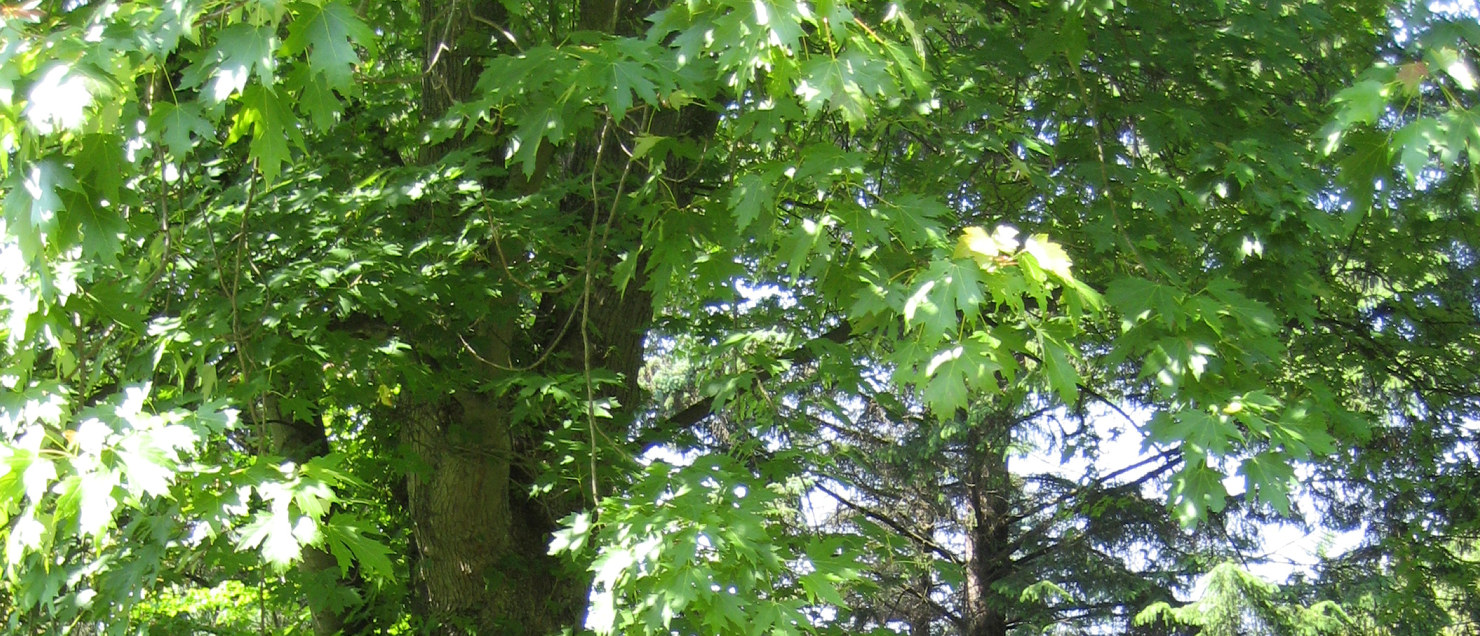Increased forest growth slows down global warming

Göran Wallin, researcher at the Department of Biological and Environmental Sciences at the University of Gothenburg, measures trees’ intake of carbon dioxide from the air. His research is teaching us more about how climate influences forests and forests in their turn influence climate.
People's carbon dioxide emissions are making the earth's climate warmer. Trees use carbon dioxide from the atmosphere in their photosynthesis. As trees grow, carbon is stored in their roots, trunks, branches, and leaves or needles. Increased forest growth therefore relieves the atmosphere of carbon dioxide, thus contributing to the slowing down of global warming.
Under certain circumstances, forest ecosystems may instead release carbon dioxide. This may depend upon the trees' age, on climate, maintenance measures, insect infestations or other causes:
"In order to be able to predict whether and how much the world's forests can slow down global warming, it's essential to understand how trees' growth is influenced by temperature change and water and nutrition supplies", says Göran Wallin. "It's also very interesting from the point of view of forest industries and timber production."
Coniferous forests reaching around the entire northern hemisphere constitute a third of the earth's total forested areas. These forests have the potential to absorb and store a vast amount of carbon dioxide from the atmosphere.
Göran Wallin spent eight years measuring trees' intake of carbon dioxide in a forested area in northern Sweden. Each adult fir trees was shut into its own greenhouse, so-called chambers. In these chambers, air temperature and carbon dioxide level were increased to imitate the climate of the future. The trees were also supplied with plentiful nutrition.
"Both the warmer temperature and increased level of carbon dioxide in the air increased the trees' intake of carbon dioxide, but the trees' growth above ground wasn't particularly affected", reports Göran Wallin. "It was the supply of nutrition that had the greatest effect on increasing timber production."
This type of experiment with measurements that continue uninterrupted for a long time is very unusual. Among other things, the results are being used to improve models for predicting how the climate of the future is going to affect coniferous forests in the northern hemisphere, och how forests in their turn will influence climate.
Göran Wallin is not only investigating coniferous forests in northern Sweden. He has recently returned home from a field trip to the forests of Ruanda-Urundi that have scarcely been investigated at all up until now.
"Along with colleagues in Ruanda, we're comparing various forest types and investigating how different tree species' intake of carbon dioxide is influenced by temperature", says Göran Wallin.
In the future, Göran Wallin also wants to study the trees in the Botanical Garden's Arboretum. It is a collection of about 300 tree species from the whole world whose origins are known. This is a unique opportunity to investigate whether trees from, say, Asia react differently to temperature change compared with trees from, say, North America.
Göran Wallin has been interested in plant life for as long as he can remember. His interest soon developed to encompass the effects of pollution and climate change on natural resources as well:
"The most enjoyable aspect of my job is to be out solving practical problems in the field, and then using the results to create new knowledge, preferably in collaboration with good colleagues", Göran Wallin tells us enthusiastically.
Photosynthesis
Photosynthesis is the process whereby green plants use the sun's energy to produce carbohydrates from carbon dioxide and water.






